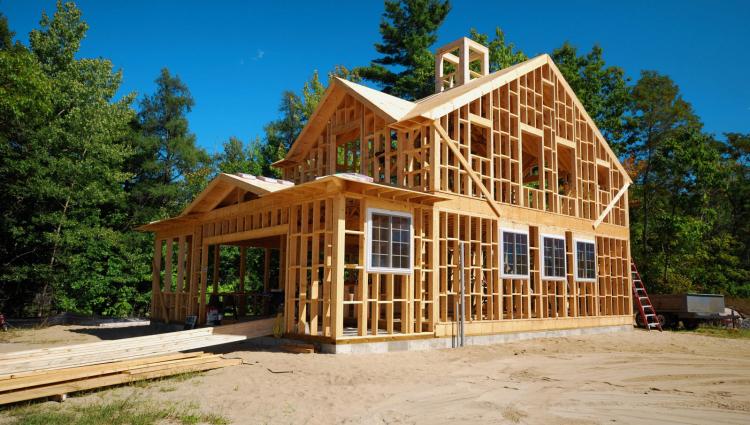At the end of 2017, Volkswagen announced plans to produce a brand new Microbus fit for the times—the futuristic, all-electric T2, which is slated for release in 2022. But for its 70th anniversary, the German automaker partnered with eClassics to recast an original.
“It started with the seemingly audacious idea of switching a historic Bulli over to a drive system that produces zero emissions on the road,” says Volkswagen. The company sought to develop something “in line with the challenges of a new era.”
Bulli, VW Bus, Microbus, Kombi—call it what you want. The new E-Bulli boasts retro vibes with a sleek, modern treatment. Plus, new paint makes it rust-resistant.
The electric motor is emissions-free, silent, and odorless—a significant step change from the oily, puttering boxer-four engines of the past.
A charging socket nests under the license plate. The battery can be charged with a household socket, or at quick-charge stations. Depending on the power source, it can reach an 80% charge in just 40 minutes.
Based on a 1966 T1 Samba, this new Volkswagen E-Bulli conversion combines throwback counter-culture charm with a planet-first ethos. An emissions-free electric powertrain replaces the standard boxer four—and it provides twice the horsepower and torque, allowing for a governed top speed of 80 miles per hour. Whereas old-school VWs mosey like a tortoise, the E-Bulli jumps like a hare—almost.
Depending on the battery and charging technology you elect from eClassics—there are options—the bus can reach an 80% charge in just 40 minutes. Its 124-mile range is roughly 100 miles fewer than a traditional gasoline-powered microbus, however.
Fittings and door panels come with custom seams and high-quality leather that feels both period-correct and made for these times.
True Kombi spirit means riding along with seven of your friends. With plenty of windows, the bus is made for taking in the sights.
The speedometer tracks velocity, but also behaves as an instrument panel that shows battery life and range, among other things.
Interested enthusiasts can buy a 1966 model fitted and kitted from the ground up for a little less than $70,000. Along with an electric drive engine, the vehicle comes with a rack-and-pinion steering system (so you won’t have to muscle it around turns), and shock absorbers smooth out the ride. A modern gear selector, a regenerative braking mode, and sleek, retro finishes clean up its heretofore greasy gumption.
A sliding hatch provides natural airflow for a breezy drive—or more standing room while parked.
The bus features LED headlights with angel eye daytime running lights.
Diehards may cry foul, as knowing the engine and performing repairs are an owner’s point of pride. In a classic VW, the ability to feel the mechanics of the gear box while working the clutch and shaft turns drivers into skilled operators—a sensation shared by fanatics worldwide.
For those who can kick the habit, but for whom the $70,000 turnkey option sounds steep—next to most EVs, it is—two other tiers are available to you: eClassics can electrify a bus you already own, or you can purchase the kit outright to install it yourself.
Related Reading:
How a Family of Four Thrives in a 1985 Volkswagen Van
5 Camper, Trailer, and Bus Conversions for Less Than $30K







